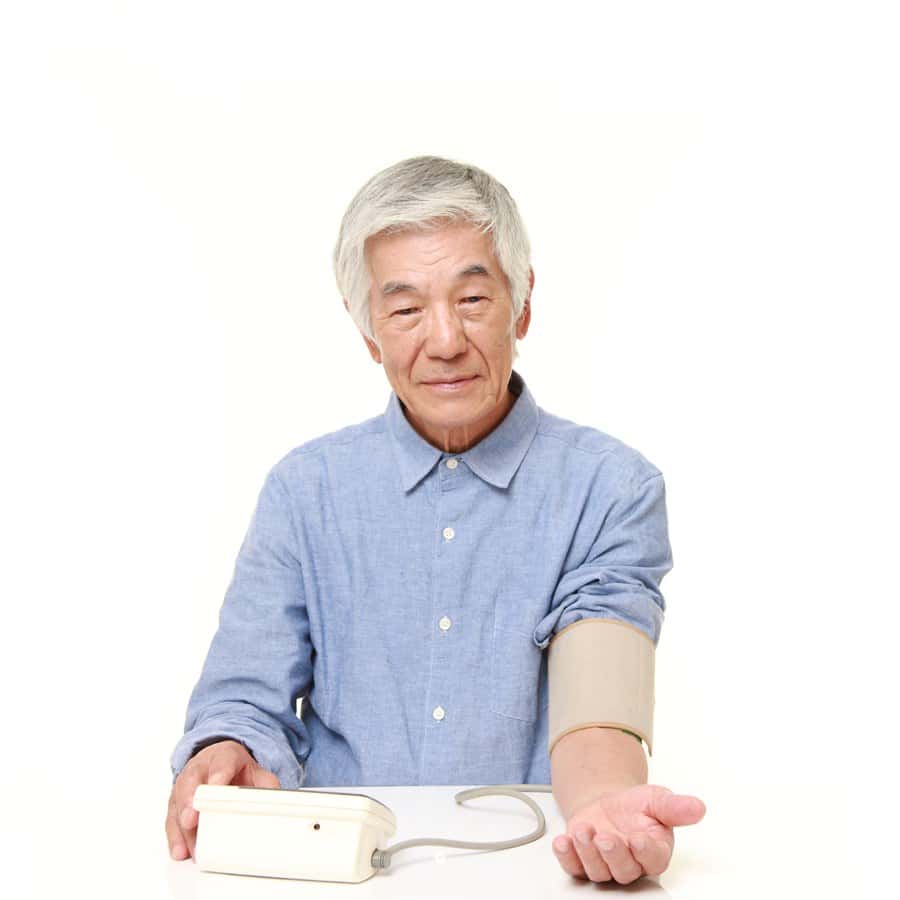
Generic drugs are supposed to save consumers money. After all, the generic manufacturer did not have to pay for the research proving the medicine works. But many people have found that prices are rising even on these supposedly cheap drugs. One reader found a way to save money, but it requires two pills instead of one. To follow this example, consumers will have to get familiar with the fine print on their prescription drug coverage.
Could Two Pills Ever Be Cheaper Than One?
Q. I have been on the blood pressure medicine quinapril/HCTZ for many years. Last year, I switched health care providers and the cost went from $8.00 to $10.00 per month.
That is the only prescribed medicine that I take, so the bump wasn’t too big a deal. However, this year it went from $10 to $15, a 50 percent increase. I contacted the insurer and was told that both quinapril and HCTZ are Tier 1, so they have $0 co-pay. Combined in a single pill, however, the drug becomes Tier 2 which has a $15 co-pay.
When I have to refill this prescription, I will ask the doctor to write two scrips, one for each medicine. Then I will be taking two pills, but I won’t have any copay.
A. Thank you for pointing out how important it is to learn what tier your medicines occupy. This can make an enormous difference in your monthly drug bill. Your solution to get your medication into Tier 1 by splitting it into its component two pills is clever. Others might have similar success, but they will need to do their homework to learn the particulars of their insurance coverage.

